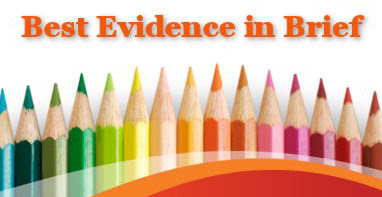A recent study published in Journal of Educational Psychology examined the role of graphic organizers in promoting generative processing in learners. A generative learning process occurs when a learner selects important material, organizes it into a coherent structure, and relates it to relevant prior knowledge. Graphic organizers are common ways of structuring texts. These include compare-and-contrast (e.g., matrix), sequence (e.g., flowchart) and hierarchy (e.g., tree diagram). In this study, matrix was the form of graphic organizer used to compare the northern and southern climates in China.
Two approaches were compared to text-only information (NGO). The first approach used filled-in graphic organizers (FGO), in which comparison of the two climates described in the text had already been filled-in in a matrix. In this way, students can learn through a spatial arrangement of the text but may still not engage in deeper processing. The second approach used interactive graphic organizers (IGO). Students were required to create their own matrix through using apps for the comparison. The act of building a matrix graphic organizer requires more generative cognitive processing.

